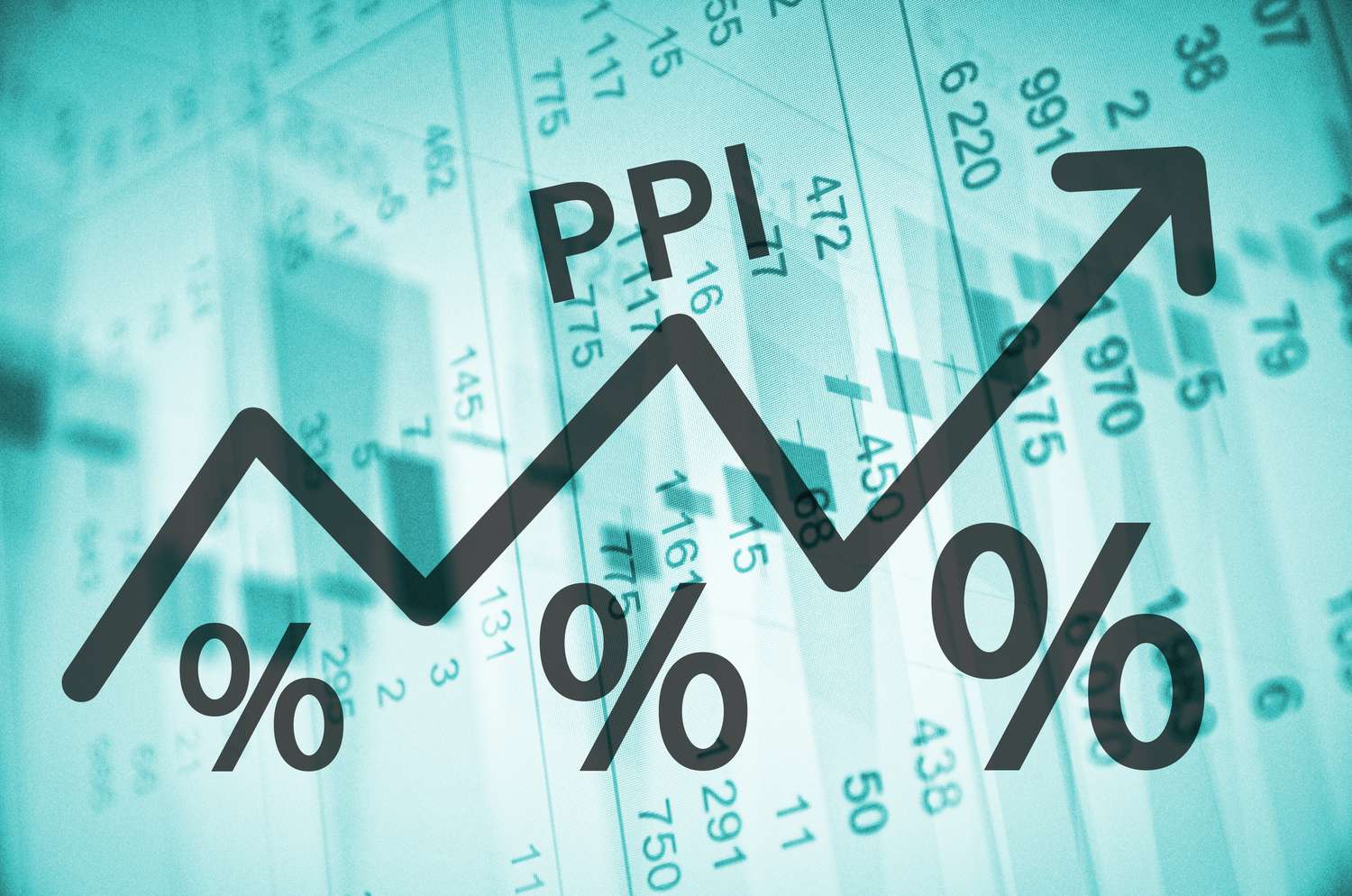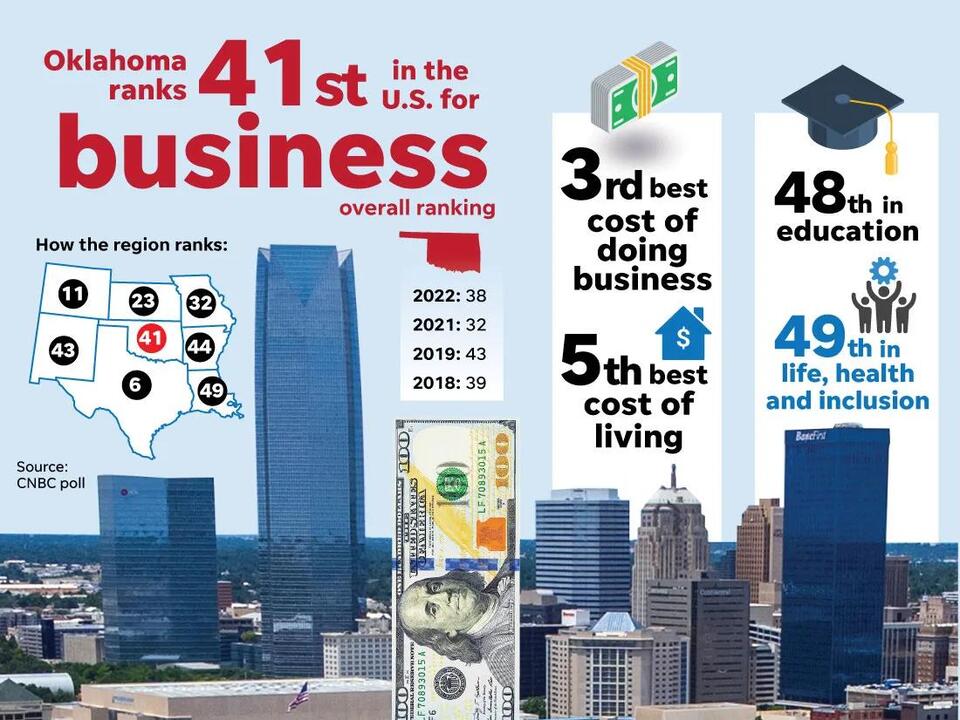 What Is the Producer Price Index (PPI)?
What Is the Producer Price Index (PPI)?
The Producer Price Index (PPI) measures the average change over time in the prices domestic producers receive for their output.It is a measure of
inflation at the wholesale level that is compiled from thousands of indexes measuring producer prices by industry and product category.The index is published monthly by the U.S.Bureau of Labor Statistics (BLS).The PPI is different from the consumer price index (CPI), which measures the changes in the price of goods and services paid by consumers.
Key Takeaways
– The Producer Price Index measures the change in the prices paid to U.S.producers of goods and services.
– The PPI is a measure of wholesale inflation, while the Consumer Price Index measures the prices paid by consumers.
– The index is published monthly by the Bureau of Labor Statistics.
– PPI indexes are calculated based on products and services, industries, and the buyer’s economic identity, which are used to calculate the overall monthly change in final demand PPI.
– The indexes calculate price changes in private contracts based on suppliers’ input prices.
Producer Price Index (PPI)
Understanding the Producer Price Index (PPI)
The PPI measures
inflation (or, much less commonly, deflation) from the perspective of the product manufacturer or service supplier.
The price trends for producers and consumers are unlikely to diverge for long since producer prices heavily influence those charged to consumers and vice versa.In the short term, inflation at the wholesale and retail levels may differ as a result of distribution costs, as well as government taxes and subsidies.
The BLS releases the PPI along with its constituent industry and product indexes during the second week of the month following the reference date of the survey.
It is based on approximately 100,000 monthly price quotes reported voluntarily online by more than 25,000 systematically sampled producer establishments.
0.1%
The PPI reading for the 12-month period ending June 2023.The index for final demand increased by 0.1% in June 2023 compared to an increase of 0.3% in May 2023.
The survey covers the entirety of the U.S.output of goods and about 71% by value of services.Its component product and services indexes are weighted based on the value of the category’s output to calculate the overall change in producer prices.
The PPI is used to forecast inflation and to calculate
escalator clauses in private contracts based on the prices of key inputs.
It is also vital for tracking price changes by industry and comparing wholesale and retail price trends.
Producer Price Index (PPI) vs.Consumer Price Index (CPI)
Both PPI and CPI are important economic measures because they point to monthly changes in prices.But they reflect prices from different standpoints.
As noted above, the PPI measures prices based on the first commercial transaction for a product or service.
This is in contrast to the
consumer price index, which measures price changes encountered by the consumer.
The CPI’s focus is on the final sale.But these two indexes don’t just differ based on the type of
prices measured.There are also important compositional differences between the PPI and the CPI that can be considered.These distinctions are based on what’s included and left out of each.
Until 1978, the PPI was known as the
wholesale price index (WPI).In 1982, the BLS reset all Producer Price Index bases to 100.
For example, the PPI does not measure price changes for aggregate housing costs, while the CPI’s shelter category including the imputed owners’ equivalent of rents accounts for one-third of the overall index.
Meanwhile, the PPI incorporates a weighting of nearly 18% for healthcare products and services, not far off the sector’s weight of nearly 20% in the U.S.
gross domestic product (GDP).In contrast, the CPI’s weighting for medical care is below 9%.That’s because it doesn’t measure third-party healthcare reimbursements.
Another key distinction is that the PPI does not include the price of imported goods, unlike the CPI.
Conversely, the PPI includes export prices while the CPI does not.
How Producer Price Index (PPI) Numbers Are Presented
The BLS produces more than 10,000 product and industry price indexes each month, which it then uses to calculate the PPI.They’re published with and without
seasonal adjustments and are divided into three categories: industry-level classification, commodity classification, and first demand-intermediate demand.
Industry-Level Classification
The PPI includes indexes for producer prices received in each of more than 500 industry categories based on output sold outside the industry.The categories are compatible with those used in other releases to report industry-level data on production, employment, earnings, and
productivity.
Commodity Classification
Commodity classification disregards the producer’s industry to group output based on the nature of the product or service.The PPI report publishes more than 3,800 commodity price indexes for goods and some 900 for services.
Final Demand-Intermediate Demand
The first demand-intermediate demand indexes use the
commodity indexes organized by product to measure producer prices based on the economic identity of the buyers and whether the goods sold require further processing.
The PPI report publishes more than 600 FD-ID indexes.The final demand indexes, as distinct from the intermediate demand ones, are then used to arrive at the headline PPI number, which reflects the PPI for final demand.
What Is in the Producer Price Index?
The Producer Price Index “measures the average change over time in the selling prices that domestic producers receive for their output.The prices included in the PPI are from the first commercial transaction for many products and some services.”
What Is the Producer Price Index vs.the Consumer Price Index?
Both the CPI and the PPI measure inflation.PPI measures inflation from the viewpoint of the producers; the average selling price they receive for their output over a period of time.
The CPI measures inflation from the viewpoint of the consumer; the value of a basket of goods and services that consumers have bought over a period of time.
What Does the Producer Price Index Predict?
The Producer Price Index looks at inflation from the viewpoint of industry and business.This method measures price changes before consumers purchase final goods and services.As a result, many analysts consider it to predict inflation before the CPI.
The Bottom Line
The Producer Price Index is a measure of the change in prices that domestic producers receive for their goods and services.The index is a measure of wholesale inflation and an indicator of the health of the economy..
